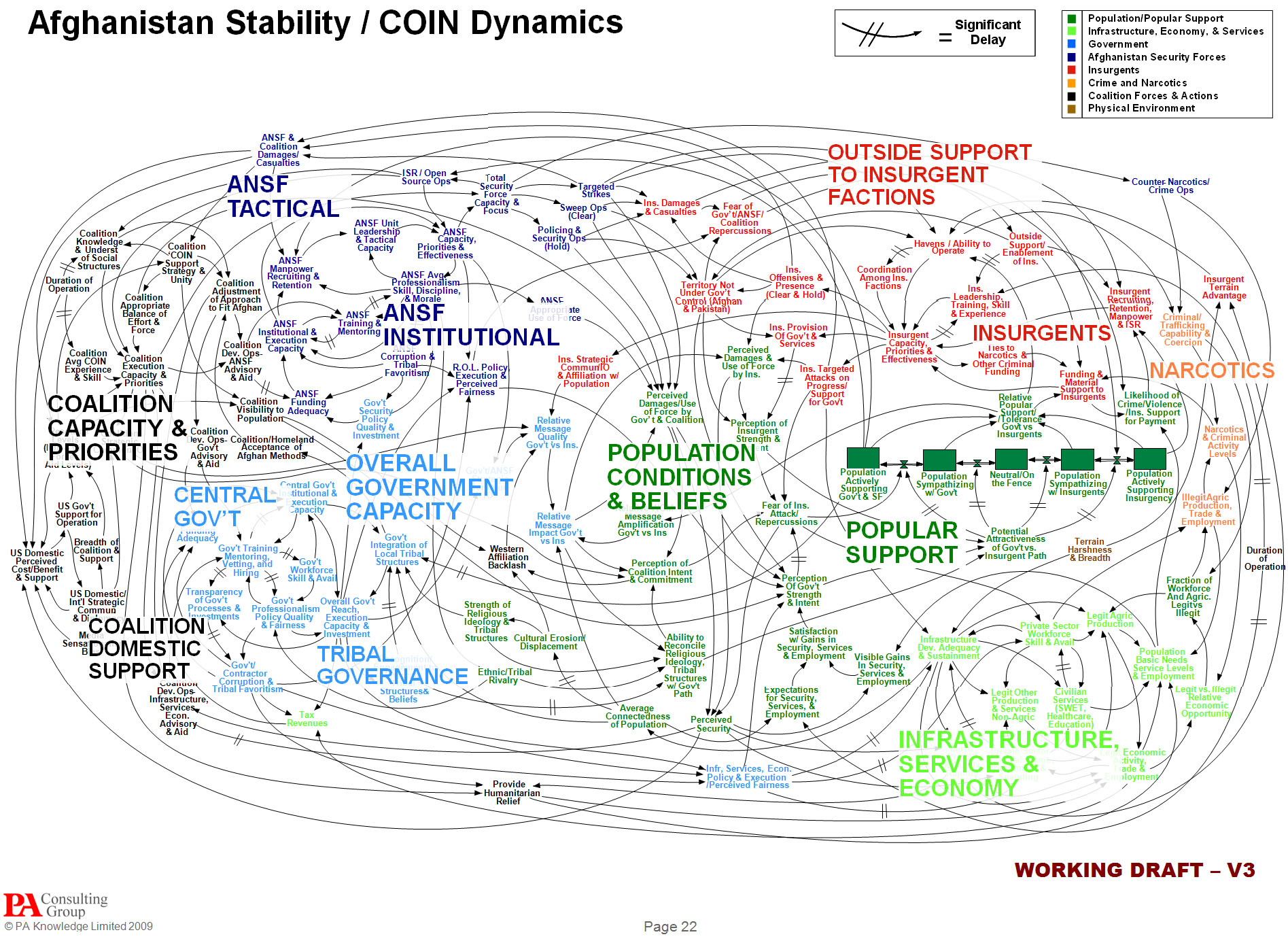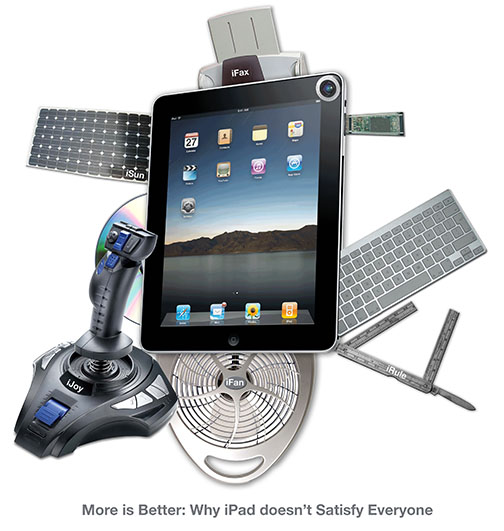Angier, N., (2010). “Paternal Bonds, Special and Strange.” Nytimes.com. Retrieved on 20 June 2010: http://www.nytimes.com/2010/06/15/science/15fath.html?_r=1 An article written by, Natalie Angier in the New York Times, Paternal Bonds, Special and Strange, begins by stating how men are proudly proclaiming the number of children they have to other men. Comparisons are made between humans and other primates such as monkeys that also proudly display their infants to impress other male monkeys. It is stated that this action is done to strengthen the bonds between men. Furthermore, the article discusses multiple studies that demonstrate how male primates care for their offspring. For example, some bird species are the sole keeper of their nest. The article aims to link parental care and offspring welfare. One study claims that baby handling can demonstrate how fathers can take charge, beat the odds, and expand the nest. The studies referenced provide examples of what the author calls, “dream daddies” and males “behaving dadly”. Conceptual Design Through this study we can see that male animal primates have an instinctual response to care for and flaunt their offspring. This appears to a revolutionary breakthrough in our understanding of linking men with caring giving. The biological and innate instincts…
Tag Archive for p-prim
Cognitive Blindness, Contributor, Cultural Bias, Cultural Differences, Ethnographic & User Data, Interaction Design, Product Design Strategy, Users
Dressed to Distract
by Maria L •

Dowd, M., (2010). “Dressed to Distract.” NYTimes. Retrieved on July 1st, 2010, http://www.nytimes.com/2010/06/06/opinion/06dowd.html?_r=1&src=me&ref=homepage. Summary: Good looks are an advantage to any woman, man or child (and maybe even animal) in this world. Research tells us that babies will look longer at a good looking parent, and the “good looking” babies receive the same preferential treatment. The University of Alberta put together a research team to carry out a study in a supermarket to see if parents gave more attention to their more attractive children. Team leader, Dr Andrew Harrell, says that just as other animals do, “…we tend to parcel out our resources on the basis of value.” Debrahlee Lorenzana, a single mother of 33, was fired from Citibank in August for “looking too sexy”, she claims. According to her lawyer, the shape of her figure made the clothing she chose to wear too distracting for the males in her workplace. Lorenzana wasn’t like other women who chose to come to work in low-cut tops and tight pants, but because of her hourglass figure, any well tailored clothing she wore was “too distracting”. This specific case is interesting because normally the attractive people get better treatment and evaluations at work.…
Background Knowledge, Background Knowledge Errors, Cognitive Blindness, Contributor, Cultural Bias, Cultural Differences, Diagnostic Errors, Ethnographic & User Data, Interface Design, Mental Model Traps, Product Design Strategy, Users
A Curiously French Complaint
by Cecilia •
Kirby, E. (2008). “ A Curiously French Complaint,” BBC News. Retrieved on 2008/12/13. http://news.bbc.co.uk/go/pr/fr/-/2/hi/programmes/from_our_own_correspondent/7779126.stm Summary: This article focuses on the cultural differences between the French and British populations in regards to their medical care. Each culture has their own script of understanding, which people rely to set their expectations during a medical crisis. The author Emma experienced a cultural ‘shock’ during her first encounter with a French doctor due to her vastly different set of expectations. She visits a doctor in France due to the severity of a sore throat, where she is “diagnosed with a severe lung infection, mild asthma and had in my hand a prescription for six different types of medicine, an appointment at the local hospital’s radiology department and an emergency referral to a specialist in pulmonary disease (article).” Upon her return to Britain a few days later, she visits her family physician, who within a few minutes diagnoses her with only a ‘common cold.’ Her article then explains how the French expect a much more sever diagnosis to support their physical suffering. France is also the leading country of consumers who take prescription medications. While in England, there’s a more ‘keep a stiff upper lip’…
Conceptual Design, Contributor, Cultural Differences, Ethnographic & User Data, Interaction Design, Interface Design, Perception, Product Design Strategy
On “‘Ringtone Therapy’ Sweeping Mobile Phone-Mad Japan” by Buerk
by Anne •
Buerk, R. (2010). “Ringtone Therapy Sweeping Mobile Phone-Mad Japan.” Retrieved 23. August, 2010: http://news.bbc.co.uk/1/hi/world/asia-pacific/8591845.stmhttp://news.bbc.co.uk/1/hi/world/asia-pacific/8591845.stm Summary: Buerk lets the world in on a new craze sweeping across Japan—a country known for being on the frontier of technological innovation. What’s the craze? Ring-tone therapy! The Japan Ring Tone Laboratory run by Matsumi Suzuki is producing ring-tones which they claim have therapeutic uses. One such tone touts the ability to dislodge pollen from a user’s nose by holding the handset to the nose while the ring-tone plays, another can help one lose weight, and another helps insomniacs fall asleep. Index, Japan’s mobile phone content provider acknowledges there is no proof that these therapeutic ring-tones actually work, but they note that people must believe in their effectiveness due to the large amount of downloads. The therapeutic ring-tone works by playing a tone emitted from the handset of the cell-phone. Depending on the ring-tone the therapeutic effect is different. If one has allergy problems, they can download and play a ring tone, place it up to their nose and it will in principle dislodge the pollen from the nose, reducing allergy symptoms. If one is having sleeping problems, another ring-tone once downloaded onto the cell…
Anchoring Errors, Background Knowledge, Background Knowledge Errors, Diagnostic Errors, Mental Model Traps, Pipsqueak Articles
Working Memory Limitations vs. the Size of Problem
by Olga Werby •

The illustration above comes from Wikipedia, which has a complete entry on the Asian proverb about blind monks who examine an elephant and generate multiple hypotheses of what it could be. In product design speak, these monks are doing collaborative problem solving with a shared goal of identifying a mysterious object—the elephant. The monks, the story goes, all come from different backgrounds: an old tailor touching an elephant’s ear describes it as cloth; an aging gardner hugging the leg imagines a tree trunk; an elephant’s tusk is envisioned as a weapon by an arms master. Each monk brings his own life’s worth of experience to bear on the problem, but each has very limited access to the whole. It’s easy to see how this story can be used to explain the pains of collaborative and cooperative group projects in which individuals focus on product design. Each person brings their own expertise to the table, hopefully contributing positively to the whole process. But this story is also a good metaphor for understanding problem solving in context of our very limited working memory capacity. Unlike elementary school math problems that we all calculated, real world problems are messy and don’t come with…
Ethnographic & User Data, Interface Design, Perceptual Focus Errors, Pipsqueak Articles, Product Design Strategy, Users
Understanding Complex Visual Information…
by Olga Werby •

…or not comprehending it, as the case may be. A few years ago, I wrote a paper about people’s ability to comprehend complex visual information such as graphs, charts, diagrams, maps, and so on. Intuitively, we are culturally-trained to believe that it’s much easier to extract information from a picture than from text. But upon testing this belief (p-prim, for those in the know), I found that contrary to the notion “a picture is worth a thousand words,” it’s much more difficult to get data from an illustration than from a story. While emotional impact might be larger with a picture, it’s not true for comprehension. You can read the results of my study at http://www.pipsqueak.com/pages/papers.html “Visual Symbolic Processing in Modern Times” paper presented at AACE ED-MEDIA Conference in 2008. Since then, I’ve collected more data, and the results are similarly aligned: problem-solving requiring higher level visual symbolic processing skills is difficult and results in communication failures. A secondary, and surprising, finding was a gender discrepancy in performance outcome testing of visual symbolic processing skills. Higher level and lower level visual symbolic processing are defined in the paper. And anyone interested in testing their visual processing skills are welcome to…
Conceptual Design, Diagnostic Errors, Featured, Pipsqueak Articles, Users
More is Better: Why iPad doesn’t Satisfy Everyone
by Olga Werby •

There have been a lot of complaints flying around about how iPad doesn’t do this, and iPad can’t do that, and iPad won’t work with that other thing. Some people are so obsessed about all the things that iPad isn’t capable of doing that they overlook all that it can do. By looking for failure, these reviewers lost sight of what iPad is all about. There are plenty of people who are defending iPad out there, so I was interested in why the people who dislike iPad so passionately feel the way they do. We, the people, tend to make our decisions based on little snippets of information that we find to be true and productive for solving various problems. “If something is steaming, it must be hot.” “Big things fall harder and faster.” “Where there’s smoke, there’s fire.” “If one is good, two is even better.” “If it looks clean…” “Little kids don’t lie.” “If it’s natural, it’s not chemical.” “Summer is when the Earth is closest to the sun.” “One can’t get fat eating vegetables.” These are the building blocks of our intuitions. We are all walking encyclopedias of folksy wisdom—common sense explanations that are consciously and unconsciously…
